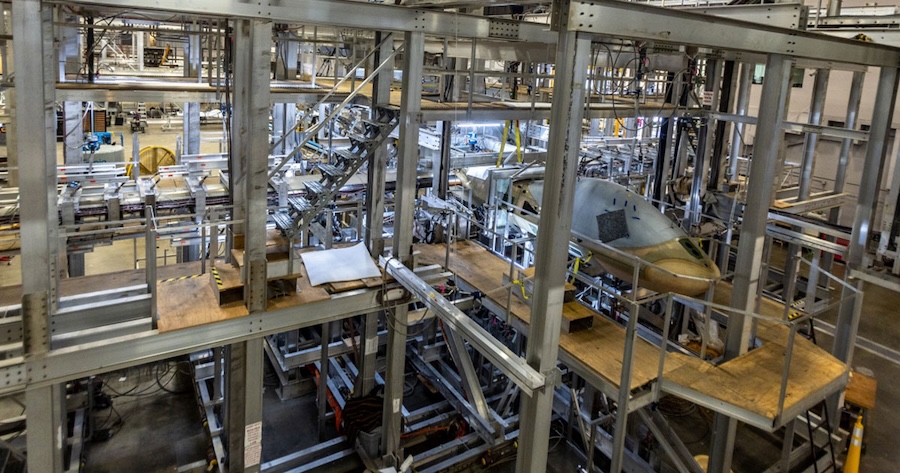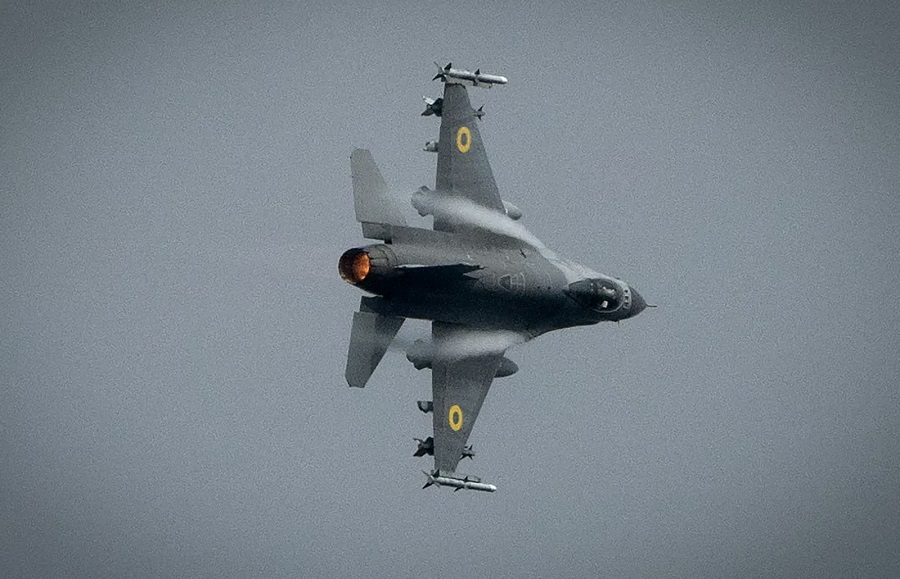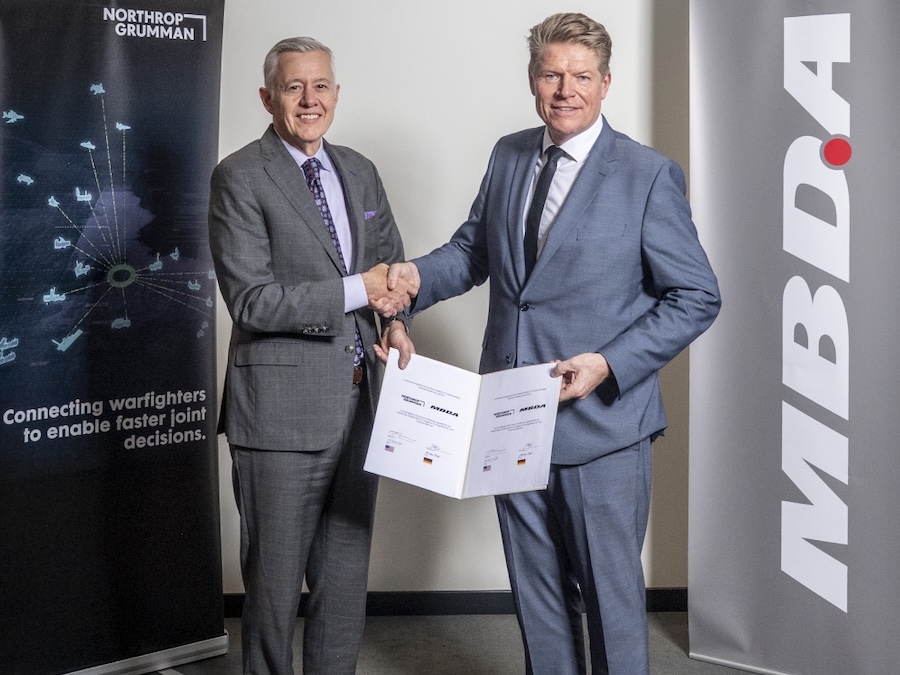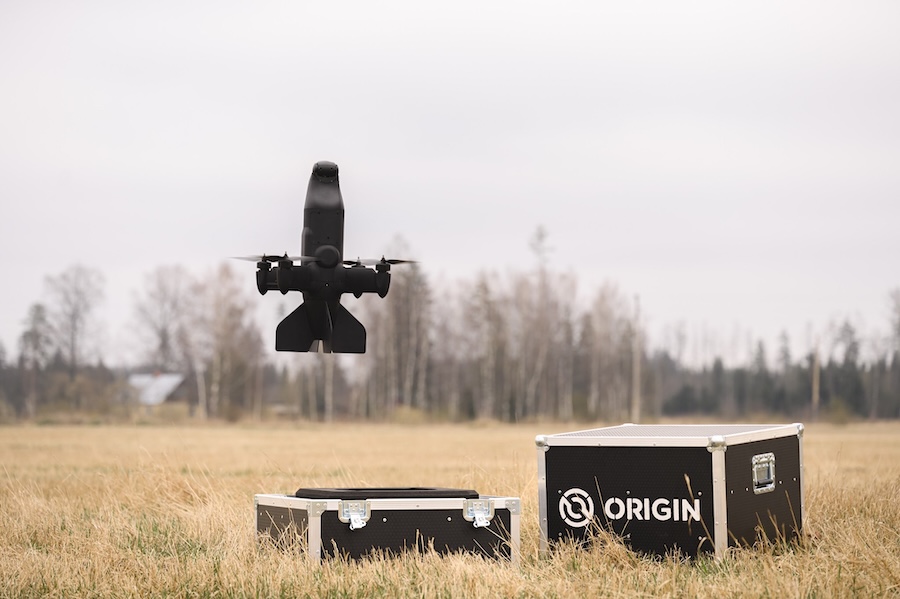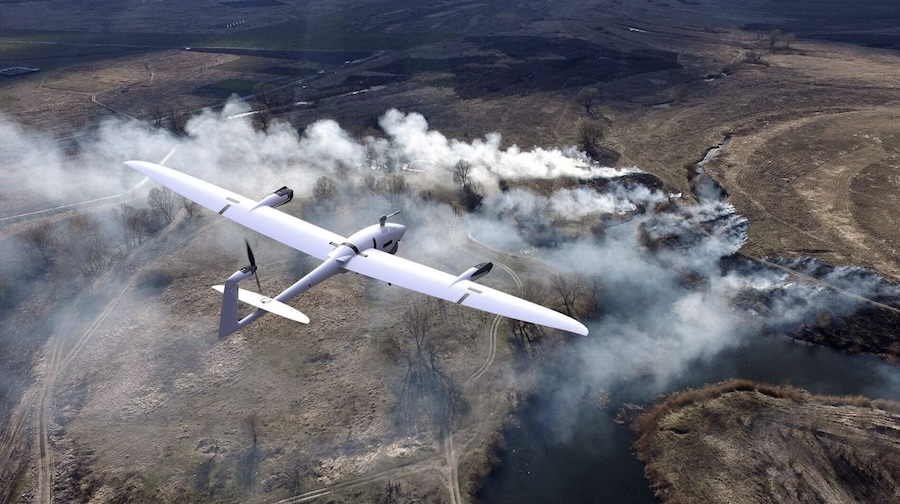“We’re working very hard to get the satellites into space,” Jassy said on Thursday. “We have some delays with some of the rocket providers, but we have most of the available rocket launches over the next couple of years.”
Jassy made the comments ahead of Kuiper’s next mission, scheduled to launch on 7 August aboard a SpaceX Falcon 9 rocket. This marks the second of three Kuiper missions contracted with SpaceX.
While not directly naming SpaceX’s Starlink, Jassy stated that once Kuiper is operational, there will be “two players” with advanced technology in the LEO satellite sector. He highlighted that Kuiper would stand out through its speed and a pricing model that will be “very compelling for customers.”
Amazon has said its standard customer terminal will offer downlink speeds of up to 400 Mbps, while its enterprise version will reach up to 1 gigabit per second. The company is positioning Kuiper as a key player in delivering fast and affordable satellite internet services.
Jassy also underscored the importance of Kuiper’s integration with Amazon Web Services (AWS), particularly for enterprise and government users. “If you think about enterprises and governments, a lot of what they want to do when they take the data down from space is they want to put it into the cloud to do analysis, analytics, AI, and various operations on top of it,” he said.
He added that Kuiper has already secured an “impressive” number of agreements with enterprise and government customers. Jassy stressed that the seamless link between Kuiper and AWS is “very attractive to enterprises and to governments.”
Source: Via Satellite.













